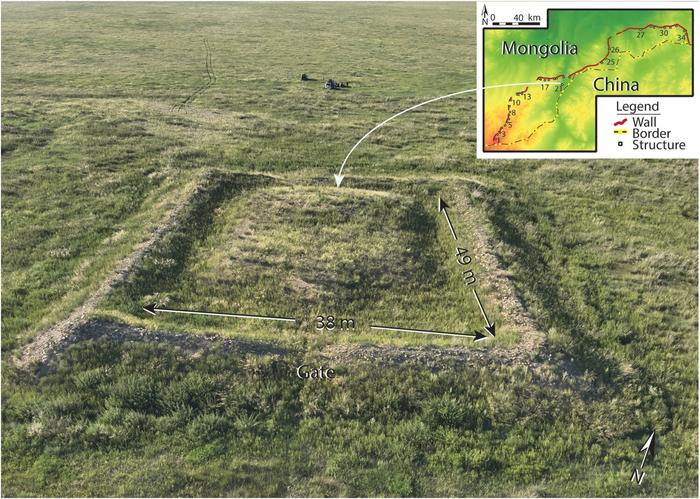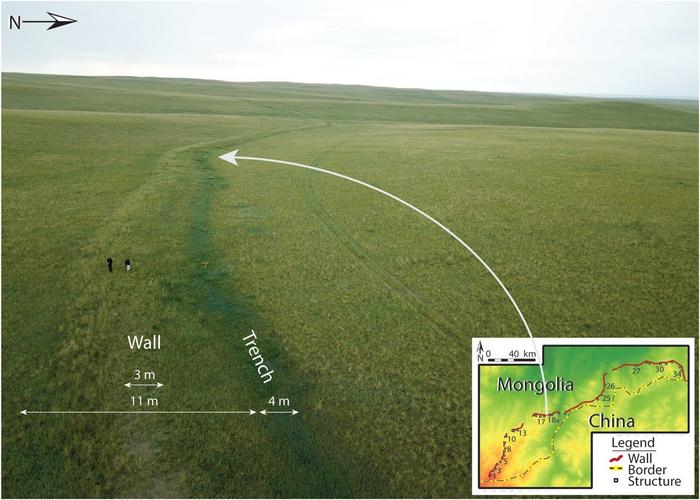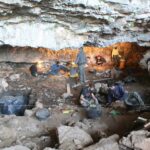The Mongolian Arc: exploring a monumental 405-kilometer wall system in Eastern Mongolia
New study sheds light on the previously overlooked Mongolian Arc—a monumental wall system in eastern Mongolia spanning 405 kilometers. This discovery not only reveals the significance of this ancient architectural marvel but also prompts crucial questions about the motives, functionality, and broader implications of such colossal constructions. Their findings contribute to a larger multidisciplinary project exploring historical wall systems and their socio-political, economic, and environmental impacts, marking a pivotal milestone in understanding ancient civilizations and their enduring legacies.

Shelach
[Jerusalem, Israel] Prof. Gideon Shelach-Lavi from Hebrew University and Prof. Amartuvshin Chunag from the National University of Mongolia, and their team unveil a new discovery in their latest research published in the Journal of Field Archaeology. Their paper, “Unraveling the Mongolian Arc: a Field Survey and Spatial Investigation of a Previously Unexplored Wall System in Eastern Mongolia,” sheds light on a monumental wall system that has remained largely overlooked in existing academic discourse.
The “Mongolian Arc,” spanning 405 kilometers in eastern Mongolia, comprises an earthen wall, a trench, and 34 accompanying structures. Constructed between the 11th and 13th centuries A.D., this intricate system has emerged as a pivotal yet understudied facet of historical architectural marvels.

Shelach
The research, conducted through a collaborative effort, involved a comprehensive approach combining remote sensing data collection, archaeological field surveys, and analysis through geographic information systems (GIS). Professors Shelach-Lavi and Amartuvshin’s team also delved into ancient written sources to offer a preliminary interpretation of the design and potential functions of the Mongolian Arc.
“Understanding the significance of the Mongolian Arc unlocks profound insights into medieval wall systems, raising pertinent questions about the motives, functionality, and enduring consequences of such colossal constructions,” remarked Prof. Gideon Shelach-Lavi.
This study is part of a larger multidisciplinary project, funded by a generous research fund from the European Research Council (ERC) addressing the construction of extensive walls and structures in northern China and eastern Mongolia during the 11th–13th centuries A.D. The findings not only contribute to unraveling historical mysteries but also offer a framework for exploring the broader socio-political, economic, and environmental impacts of such endeavors.
The published paper marks a pivotal milestone in the ongoing investigation, sparking renewed interest and further inquiry into ancient architectural wonders and their societal implications.
Bibliographic information:
Unraveling the Mongolian Arc: a Field Survey and Spatial Investigation of a Previously Unexplored Wall System in Eastern Mongolia, Journal of Field Archaeology (27-Dec-2023), DOI: 10.1080/00934690.2023.2295198
Press release from the Hebrew University of Jerusalem.


